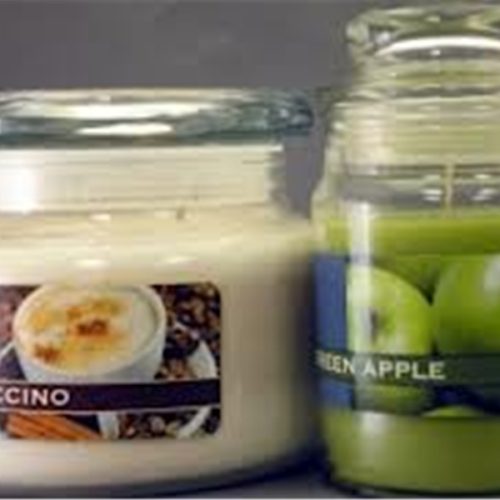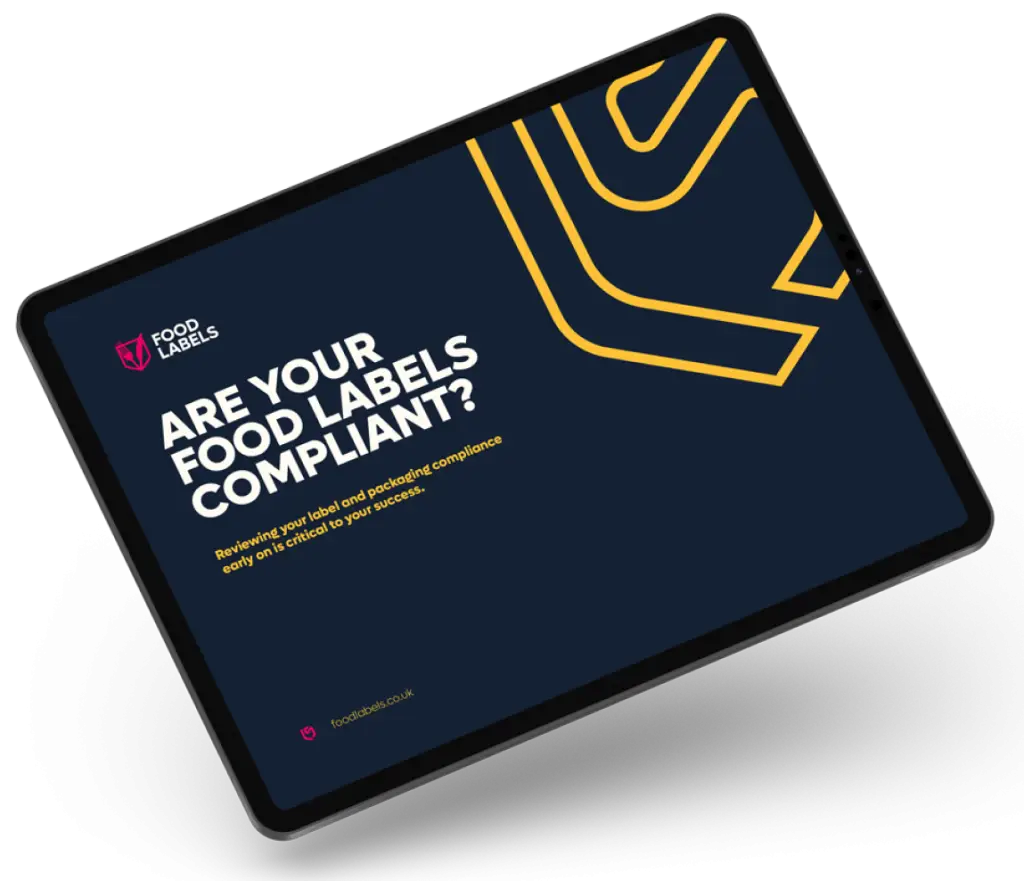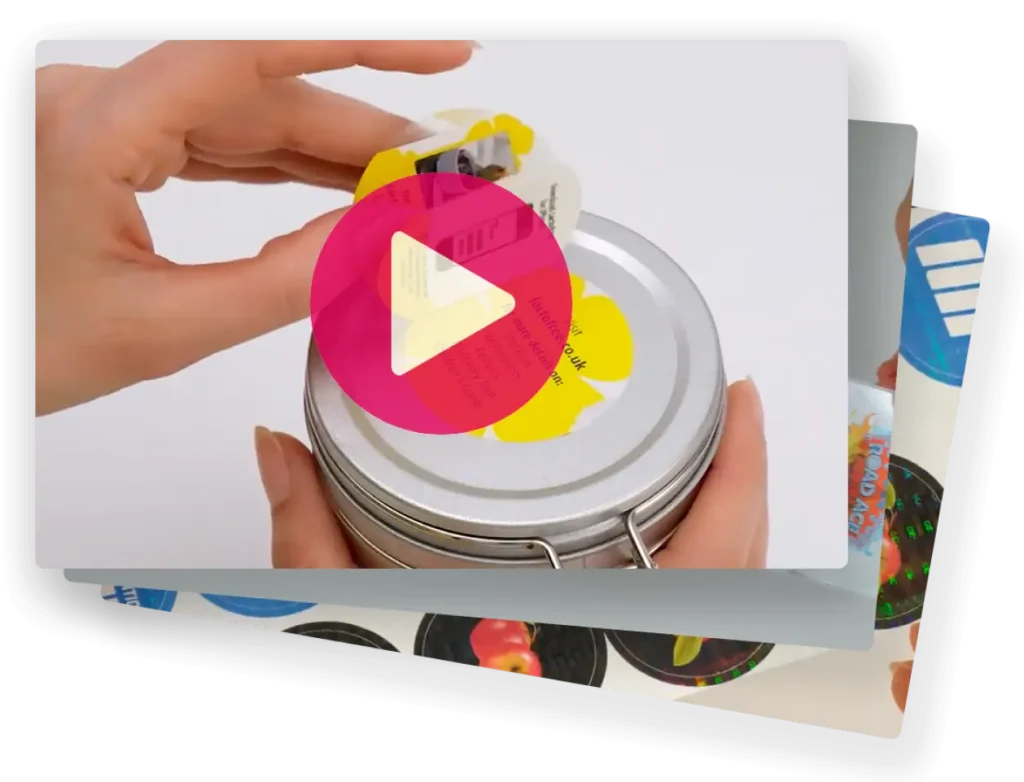Bread Labels FAQs
A bread label should include the product name, a full list of ingredients (in descending order by weight), any allergens, the net weight, storage instructions, a best-before date, and the name and address of the manufacturer or retailer.
Proper bread labelling guarantees compliance with UK food regulations, builds customer trust, and offers them important information, such as allergens, to help customers make informed purchasing decisions.
Bread labelling must comply with the UK’s Food Information Regulations (FIR). This includes requirements for ingredient lists, allergen declaration, nutritional information, and any additives like preservatives or improvers.
Yes, allergen information is mandatory on bread labels. Common allergens such as wheat, gluten, or nuts must be clearly highlighted in the ingredients list. Allergens can be presented in bold, underlined, or italicized to make them stand out.
Yes, pre-packaged bread must display all the typical nutritional information, including values for energy, fat, saturated fat, carbohydrates, sugars, protein, salt, and fibre. This should follow the UK’s standard format for nutritional labelling.
Labelservice adheres to UK and EU food labelling standards, including the Food Information Regulation (FIR) and any relevant UK-specific guidelines, making sure that your bread labels are accurate, compliant, and informative.
Bread labels can be printed on various materials, including biodegradable or compostable films, recycled paper, and food-safe adhesives. They are typically made from Biaxially oriented polypropylene (BOPP) and plastic which are designed to maintain freshness and not decay from handling and moisture.
Labelservice uses food-safe adhesives specifically designed for bread packaging. These adhesives are formulated to maintain label adherence without contaminating the product, and we offer options such as water-based and biodegradable adhesives for environmentally conscious businesses.
Yes, bread labels must include storage instructions, such as “Store in a cool, dry place,” and a best-before date to inform customers of how long the product will maintain its quality. This is important for both food safety and shelf-life management.
Well-designed, compliant bread labels can boost your brand’s appeal by providing clear, trustworthy information. Proper labelling helps build customer confidence, attract your target audience, and meet regulatory requirements, which can help improve sales greatly in the long run.



















